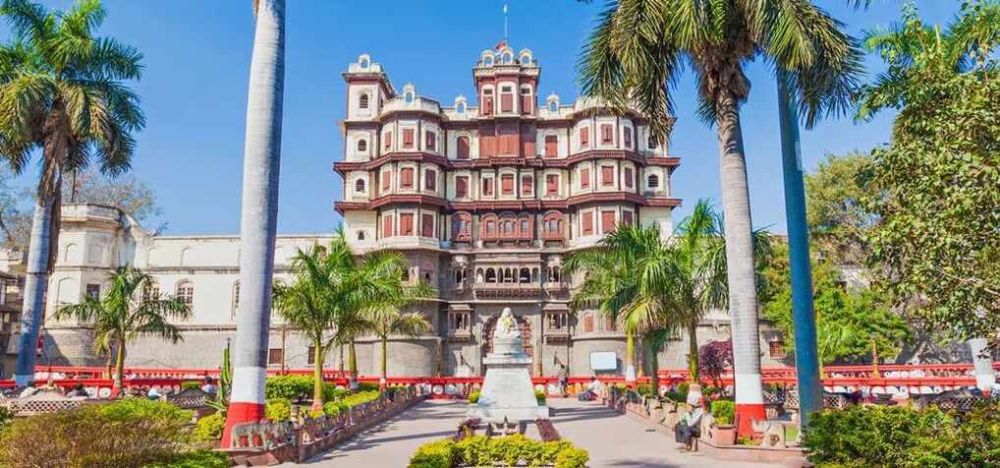

Located in the heart of the bustling city of Indore, Rajwada Palace stands as a testament to the rich cultural and historical heritage of Madhya Pradesh, India. Known for its grand architecture and significance, it has been an integral part of Indore’s tourism scene, drawing visitors from across the globe.
The history of Rajwada Palace is deeply rooted in the Holkar dynasty's legacy, dating back over two centuries. Built by the Holkar rulers in the 18th century, this seven-storied structure reflects a blend of Maratha, Mughal, and French architectural styles. The palace served as the royal residence and administrative headquarters of the Holkar regime. Struck by tragedies three times, with the most recent fire in 1984, the palace has been restored several times, still preserving its original glory and charm.
Tourism at Rajwada Palace began to flourish when India’s doors opened to the world post-independence, and the importance of heritage conservation was realized. Since then, the palace has received consistent attention from the government and local authorities, ensuring that the palace is well-maintained and accessible to tourists.
With the growth of the Indian economy and the boost in domestic travel, Rajwada Palace has seen an increase in the number of tourists visiting the site. Its inclusion in various cultural festivals and events has further cemented its position as a must-visit destination in the region.
The latest trends in tourism at Rajwada Palace include immersive experiences that allow visitors to understand the history and culture of Indore. The palace is now a focal point for local events, such as the annual Rajwada Mahotsav, which celebrate the city's vibrant culture and traditions.
Moreover, there has been a significant emphasis on digital presence, with virtual tours and online galleries enabling those who cannot visit in person to experience the beauty and heritage of Rajwada Palace. The rise of social media has also played a pivotal role in putting the palace on the global tourist map, with visitors sharing their experiences and images of the grand structure online.
Today, tourists visiting Rajwada Palace can explore the courtyard, which features a beautiful garden, fountains, and detailed architectural work. The palace also houses a museum displaying artifacts and portraits of the Holkar rulers, offering insights into the royal lifestyle.
Cultural enthusiasts will enjoy the palace's proximity to other historical attractions in Indore, such as the Lal Bagh Palace and Kanch Mandir, enhancing their travel experience in the city.
Accessibility and connectivity have also improved, with Indore having a robust network of flights and trains from major cities across India. This has made Rajwada Palace more accessible to a wider audience, encouraging tourism and contributing to the local economy.
In conclusion, the history of tourism at Rajwada Palace reflects a tale of resilience and revival, where the historical grandeur has been preserved and celebrated, ensuring its legacy continues to enchant visitors for generations to come.